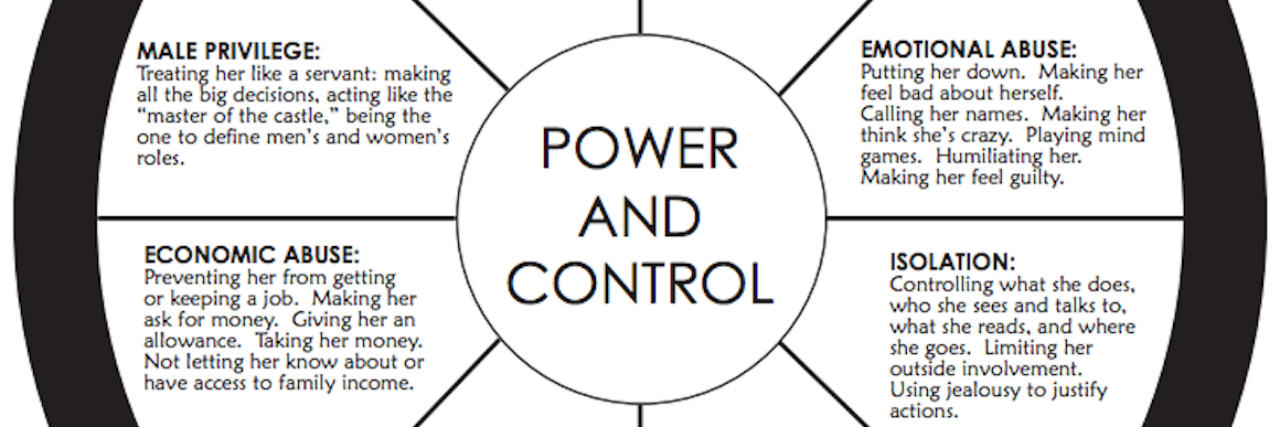Editor’s Note: If you’ve experienced domestic violence, the following post could be potentially triggering. You can contact The National Domestic Violence Hotline online by clicking “chat now” or calling 1-800-799-7233.
Recently, I read through the National Center on Domestic and Sexual Violence’s Power and Control Wheel. The diagram is meant to describe how power and control is established and maintained in situations of domestic violence. I’ve never been involved in a situation of domestic violence, but I have been controlled by my eating disorder voice. I found the Power and Control wheel helpful in understanding my own eating disorder voice.
Here are five descriptions the Power and Control Wheel uses that align with my eating disorder voice.
1. Emotional Abuse.
“Putting her down. Making her feel bad about herself. Calling her names. Making her think she’s ‘crazy.’ Playing mind games. Humiliating her. Making her feel guilty.”
This is where most eating disorders begin. I learned to hate myself, think other people thought these things about me and feel guilty and ashamed when I acted out against these thoughts.
2. Isolation.
“Controlling what she does, who she sees and talks to, what she reads and where she goes. Limiting her outside involvement. Using jealous to justify actions.”
The more active I became in my eating disorder, the harder it was for me to keep up a social life. I cancelled plans, skipped meals and distanced myself to avoid letting anyone get too close. Eating disorders can be incredibly lonely and dishonest.
3. Minimizing, Denying and Blaming.
“Making light of the abuse and not taking her concerns about it seriously. Saying the abuse didn’t happen. Shifting responsibility for abusive behavior. Saying she caused it.”
This sounds a lot like thought I had. I’m not sick enough. I’m not skinny enough. It isn’t that bad. I’m just tired. I have it under control. I can stop whenever I want. I’m fine.
4. Coercion and Threats.
“Making and/or carrying out threats to do something to hurt her. Threatening to leave her, [die by] suicide.”
The fear of gaining weight or threat of losing control is often what perpetuates an eating disorder. A part of me learned to love my eating disorder and I feared who I would be without it.
5. Intimidation.
“Making her afraid by using looks, actions and gestures.”
When I was active in my eating disorder, even the slightest of glances became material for my eating disorder voice to send me into a spiral.
If you are fighting an eating disorder, there is hope.
If you or someone you know is struggling with an eating disorder, you can call the National Eating Disorders Association Helpline at 1-800-931-2237.
If you or a loved one is affected by domestic violence or emotional abuse and need help, call The National Domestic Violence Hotline at 1-800-799-7233.
We want to hear your story. Become a Mighty contributor here.
Diagram photo via National Center on Domestic and Sexual Violence.

